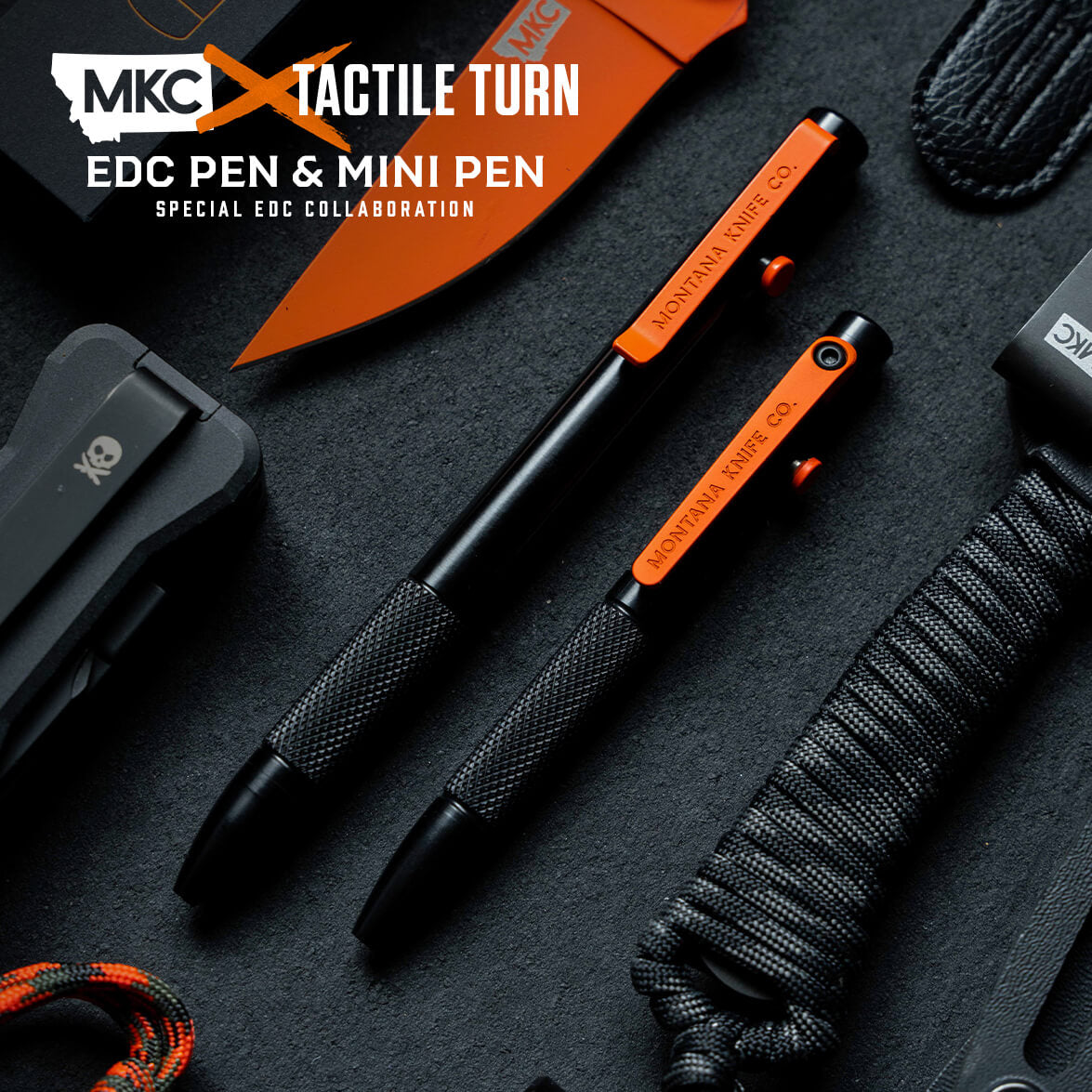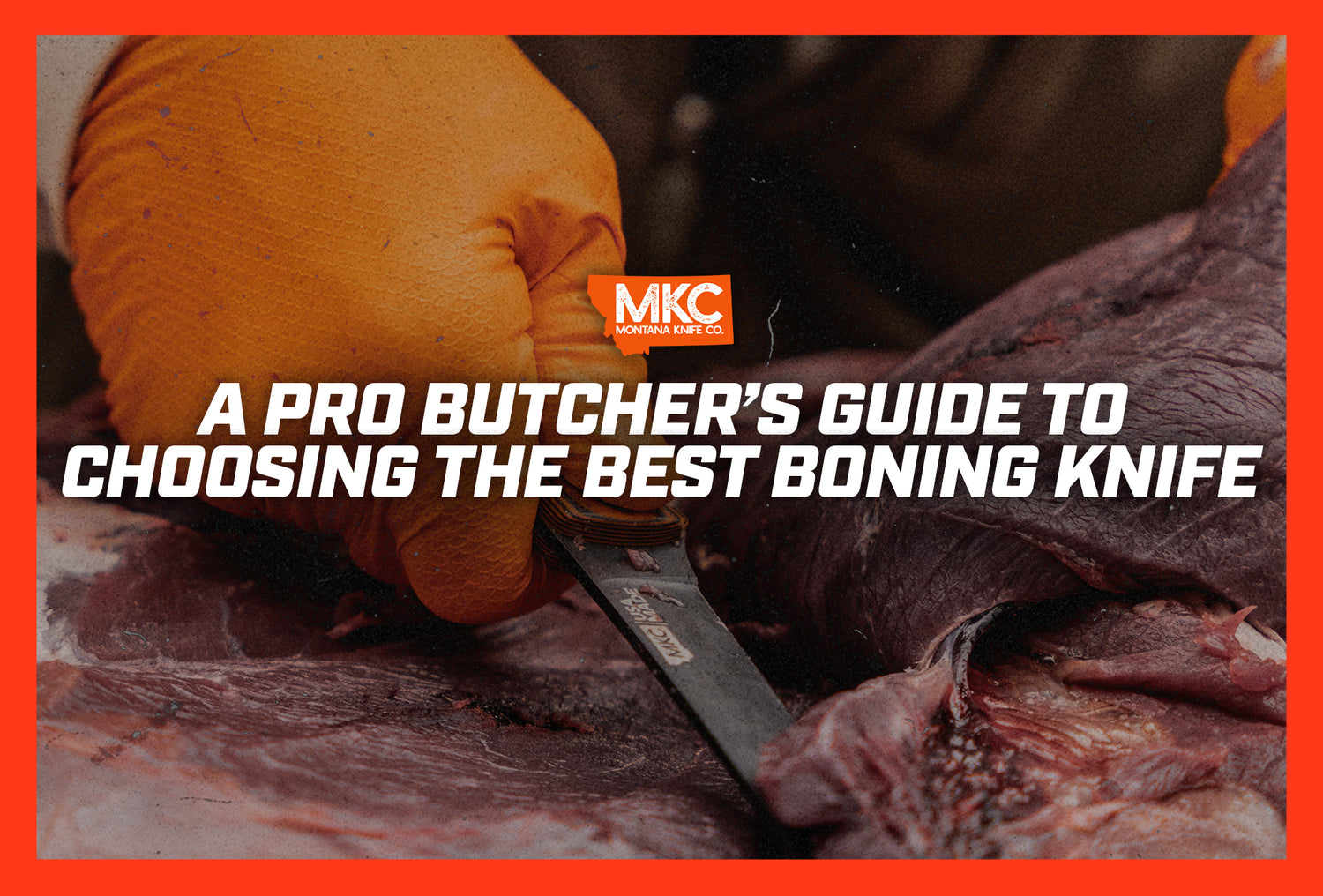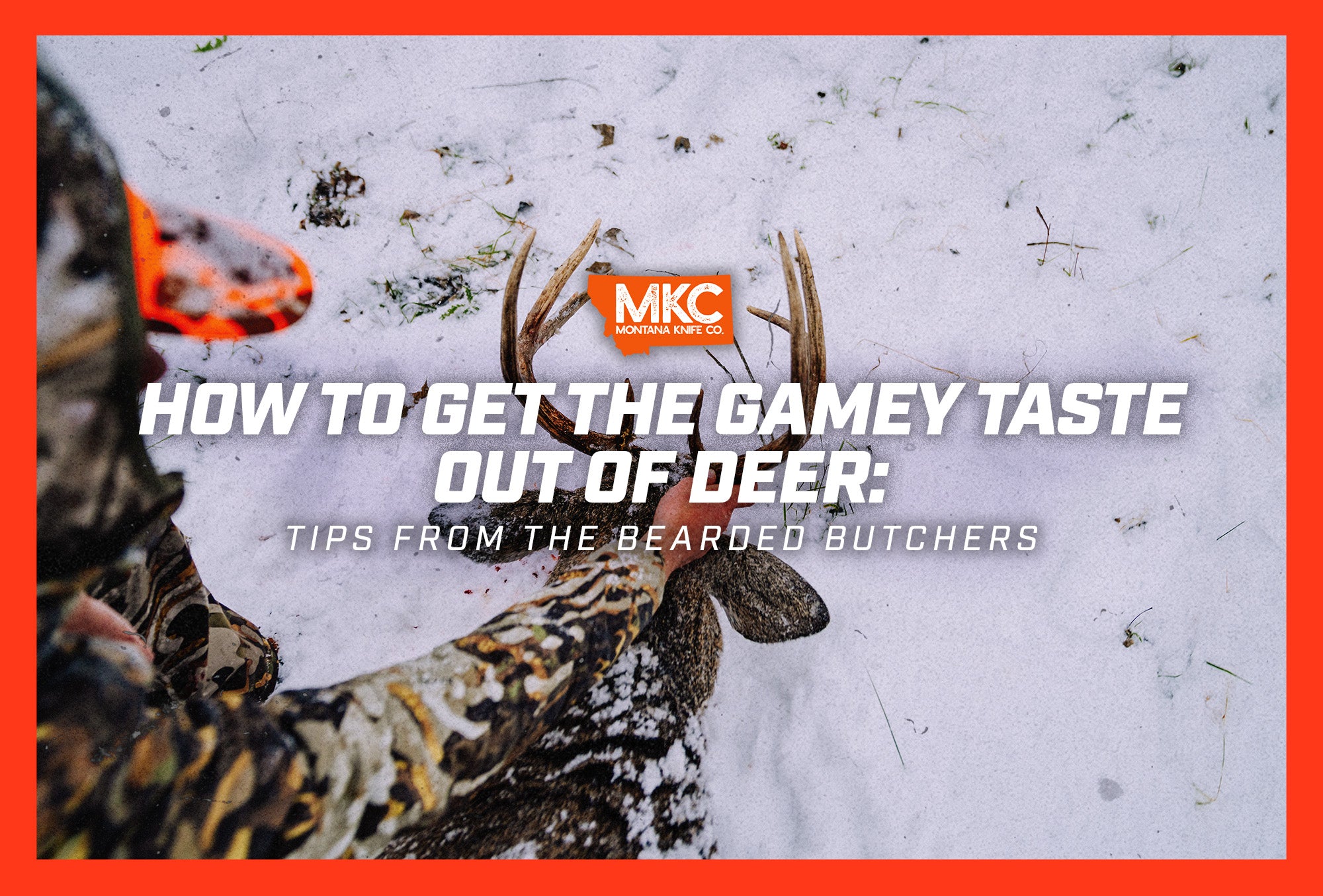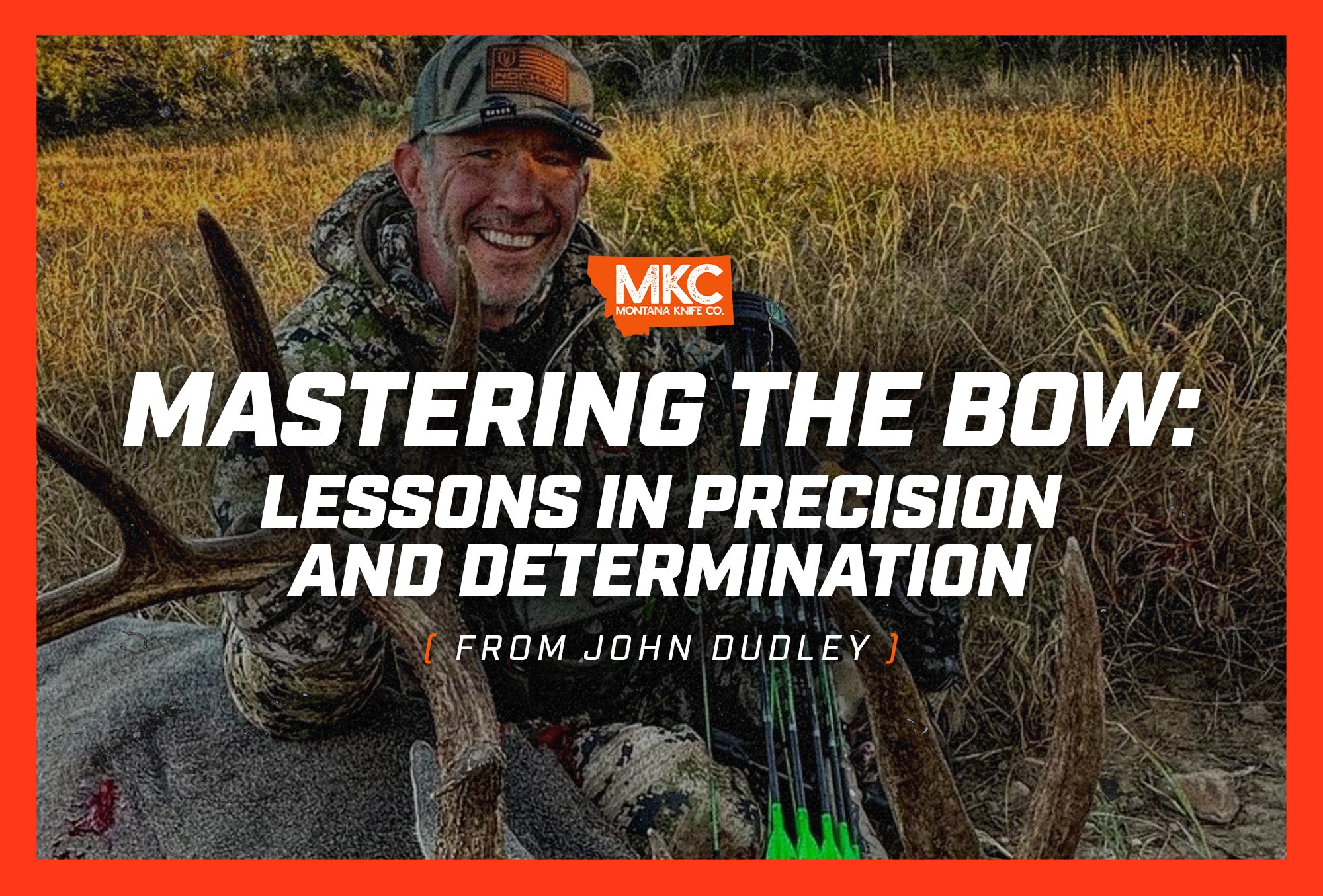What exactly is a boning knife? If you don’t process your own meat, this knife might not have a place in your kit yet.
A boning knife offers precise control, sharpness, and durability for uncompromising cuts. It’s a type of butcher’s knife that amateur and expert carnivores alike enjoy using.
Two of those expert carnivores are the Bearded Butchers of social media fame. I recently sat down with the pair and asked them to share their thoughts on what makes the best boning knife.
First: What Is a Boning Knife Used For?
Boning knives are all-purpose butcher knives. The best boning knife is delicate enough to cut along the bone — hence “boning knife” — but robust enough to process tough cuts of meat. It’s a knife that can work the whole animal from top to bottom.
Boning knives are especially handy for cutting between muscle groups, removing silver skin, and trimming away membranes. They excel at navigating delicate areas with lots of connective tissue, such as shoulders and necks. In capable hands, the list of boning knife uses is endless.

Boning Knife vs. Fillet Knife
The greatest difference between a boning knife vs. a fillet knife is the blade’s length. The brothers say the best boning knife is around six inches long, while fillet knives are often longer.
“A six-inch blade is dang near perfect because any longer than that [and] you’re at risk of cutting yourself,” said one brother. He also emphasized the importance of precision, as longer blades can be trickier to control. “When you’re butchering, it’s all about control of your wrist and pinpoint accuracy on the tip of the knife... A six-inch blade is just where it’s at.”
The second greatest difference is a boning knife’s flexibility. “We really like a semi-stiff blade because that allows you to work around those knuckles and bones,” said the Butchers. “As your blade flexes, it helps you find those grooves and where to cut.”
What Makes a Great Boning Knife?
When I asked the Bearded Butchers about the most important features of a great boning knife, they had no lack of tips for me.
First, an effective boning knife has a curved blade. A smooth, curving blade allows for precise, effortless cuts and long strokes. Your boning knife should also be a single, tapered unit from tip to tail, rather than a blade connected to a handle.
As mentioned earlier, the best boning knife has a semi-stiff blade. Flexible knives cut well along bone without leaving bone shards behind, while rigid knives cut tough meat and slice through connective tissue. A good, semi-flexible boning knife combines the best of both worlds.
Of course, the sharpness of your knife is critical. Part of the responsibility of maintaining a sharp knife falls on you, the knife’s owner (more on that later), but choosing a long-lasting material that holds its edge is equally important. The Bearded Butchers prefer a high-carbon stainless steel blend that’s durable and sharp.
The brothers told me they love boning knives with rosewood handles. However, they also noted the benefits of synthetic handles for the kitchen. Both materials are sustainable, durable, practical, grippy, and comfortable.
The brothers expressed a preference for lightweight knives, too. A lightweight knife is more accurate and easier to control — plus, it cuts down on fatigue and keeps your hand comfortable.
Finally, a boning knife is a jack of all trades. It should be able to do everything from breaking down an intact carcass to trimming nearly finished cuts. If it can’t handle every task in that wide range, it’s not the best boning knife.
Getting the Most Out of Your Boning Knife
The Bearded Butchers use their knives all day, every day. If there are any experts to ask about boning knife techniques and usage tips, it’s them.
First, they re-emphasized the importance of keeping boning knives sharp. The brothers use a three-sided Norton sharpening stone and mineral oil treatment once per week. Between sharpenings, they hone their blades with a smooth honing rod.
The Bearded Butchers stress keeping your knife’s handle clean and dry. They also warn against “white-knuckling” the handle, as it can lead to over-gripping.
“When we’re using a boning knife, we may not even have all four fingers locked onto the handle,” said the brothers. “Like an archer when he holds his bow, a couple of the fingers aren’t actually even holding onto it for better accuracy... It’s like a painter with a paintbrush.”
The brothers reminded me that practice makes perfect, too. A new knife means new techniques and new cuts to learn. The more you practice, the less likely you are to cut yourself, and the better your finished product will be.
Be sure not to sacrifice technique for shortcuts. The brothers have a word for this: a “hacker” — someone who “hacks away” at the meat with short, jabbing cuts. The goal is long, precise strokes.

Cleaning and Care Tips
Of course, knife care goes beyond regular sharpening. Caring for your knife between sharpenings keeps it looking and working its best.
Knives have tiny micro-serrations along their cutting edge, invisible to the naked eye. Over time, these serrations dull and bend, resulting in an inferior cut.
A honing rod realigns the micro-serrations when they bend out of place. Eventually, even with honing, the serrations will dull, flatten, or break off completely. At that point, honing is no longer enough; you need to sharpen instead.
Remember to clean your boning knife after each use, too. We recommend hand-washing your important knives and storing them in a secure sheath. A naked knife can get jostled or bumped around in storage, dulling the cutting edge.
MKC’s Generations Promise allows you to send any MKC blade back to us when it needs sharpening, free of charge, for the blade’s entire life. However, that promise doesn’t justify poor knife care.
The Boning Knife: The Butcher’s Utility Knife
To cap off our interview, I asked the Bearded Butchers to explain their affinity for boning knives. The answer came easily:
“If you took all of our knives away and gave us any particular task [and said] you can only use one knife, we’re going to choose the boning knife,” they said. “You can break knuckles off, take legs off, even field butcher a buffalo... You can literally do every task with it.”
Take it from these two experts: If you don’t have a six-inch boning knife in your arsenal, you’re missing something.
by Josh Smith, Master Bladesmith and Founder of Montana Knife Company
with The Bearded Butchers, Seth & Scott Perkins, CEOs of Whitefeather Meats & Bearded Butcher Blend Seasoning






































